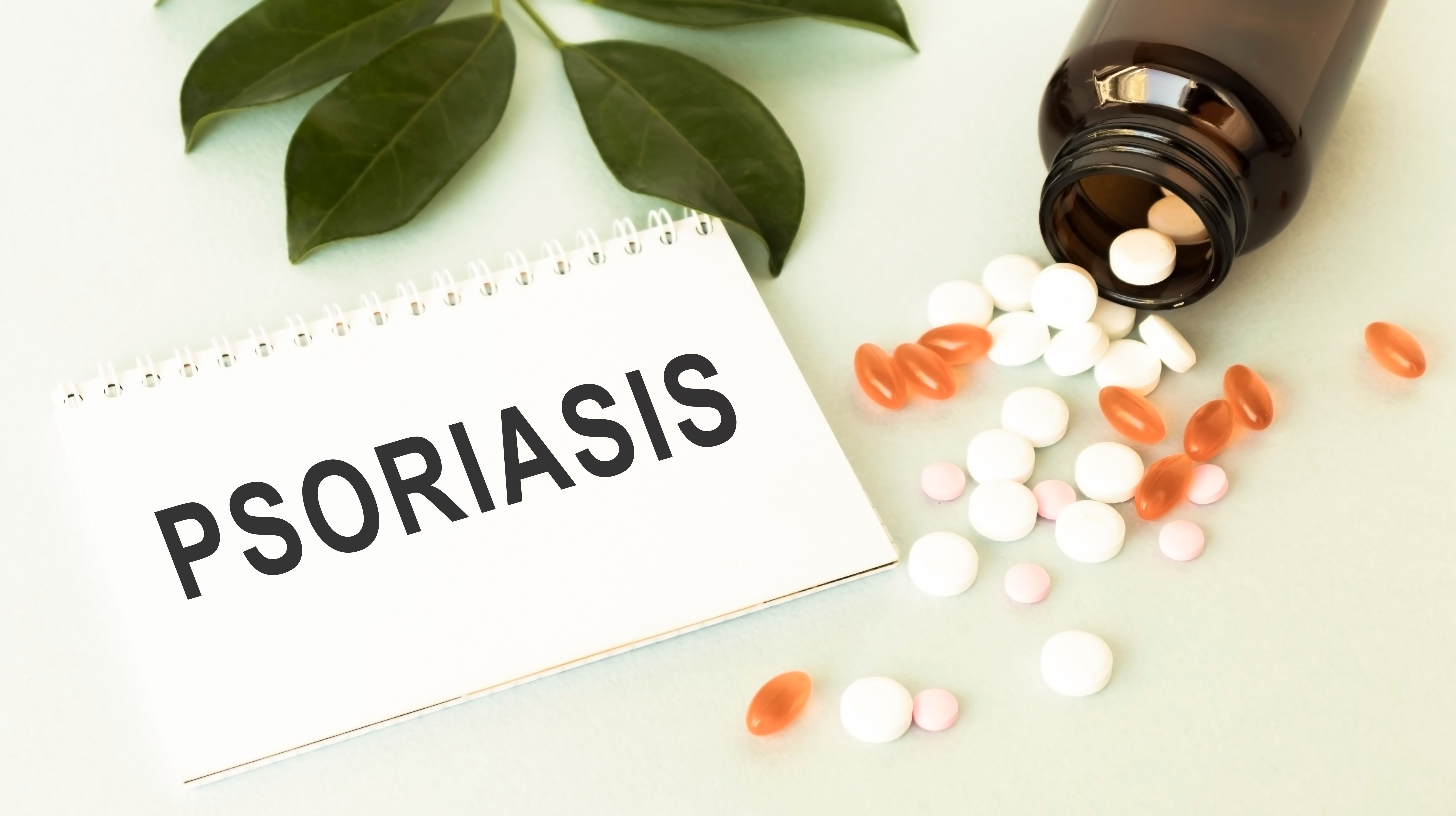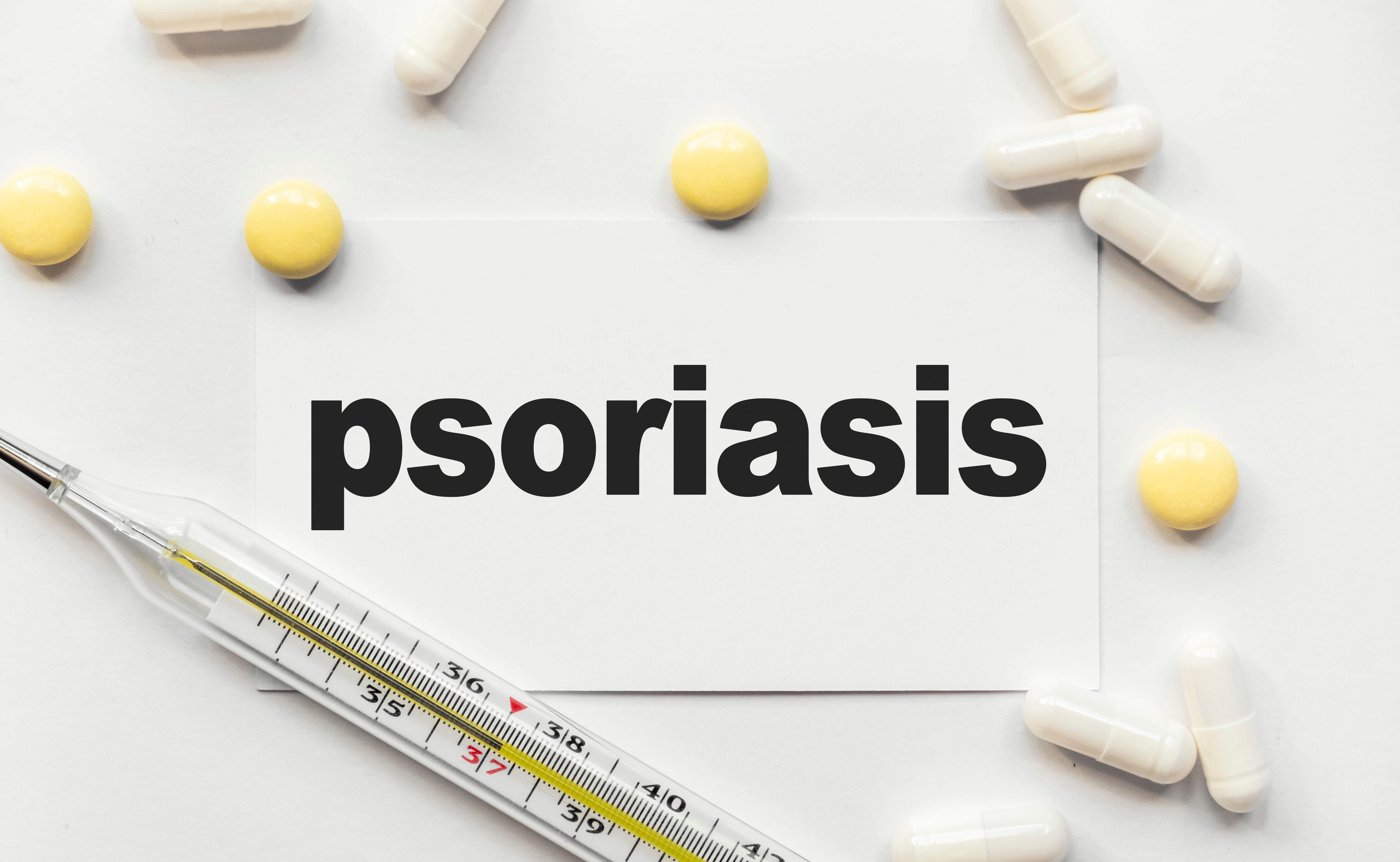Article
Study: Psoriatic Arthritis, Joint Pain Drive Analgesic Use in Patients With Psoriasis
Author(s):
A new prospective cohort study suggests joint pain, rather than skin pain or disease severity, correlates with greater use of analgesics.
Patients with psoriasis use analgesics at higher rates than the general public, especially if they also have psoriatic arthritis (PsA), according to new research.
The study also found that joint pain was most closely associated with analgesic use. The findings were appeared recently in Journal of the American Academy of Dermatology.
Psoriasis is generally associated with silvery scales on the skin, but the condition also brings with it significant itching, skin pain, and joint pain, all of which can affect quality of life. The pain associated with psoriasis and PsA leads many patients to use pain medications, including opioids. The investigators from Denmark noted that although previous studies have shown analgesic use is common in patients with psoriasis and PsA, it is not clear which symptom, or symptoms, are driving their use.
To better understand the issue, they used data from the Danish Skin Cohort, a survey-based cohort of adult patients with diagnosed skin conditions and representative adults from the general population. The data set utilized the Dermatology Life Quality Index (DLQI) and the EuroQoL 5 Dimensions 5 Levels questionnaire to assess patient quality of life and general health, respectively.
There were 4016 patients with psoriasis, of whom 847 also had PsA. Another 3490 reference individuals were included as a control group. The psoriasis group had a mean (SD) age of 59.4 (14.4) years, and the reference group, 54.7 (17.6) years.
The data showed patients with psoriasis used analgesics at a higher rate than the general population and that prescriptions for analgesics increased as bone and joint symptom severity increased. Looking specifically at opioids, nearly a quarter (22.7%) of patients with concomitant psoriasis and PsA reported using opioids within the previous 12 months compared with 14.2% of patients with psoriasis without PsA and 9.0% of the reference cohort.
When adjusting for symptoms, the investigators found joint pain was the only symptom associated with analgesic use.
They said their findings that patients with psoriasis are more likely to use opioids align with previous research, although at least finds from one earlier study suggest concomitant PsA was not a factor in analgesics use. This left the authors to speculate that the variance in findings could be due to a higher number of patients with PsA in the current study.
Notably, they found patients’ DLQI quality-of-life score was not highly affected by joint pain; however, responses to the more general health index, the EuroQoL 5, were highly impacted. The authors said physicians should be aware that not every scale used to track psoriasis symptoms and severity includes joint pain.
“Additional measures capturing joint symptoms, like the Psoriasis Epidemiology Screening Tool, should be implemented in daily management of patients with psoriasis,” they said, adding that patients with psoriasis without PsA reported moderate to severe joint pain at higher rates than the reference cohort, which could be an indication that some patients with psoriasis have undiagnosed PsA.
“Increased attention on such symptoms by physicians may be warranted to further improve management of patients with psoriasis in clinical practice,” they concluded.
Reference
Loft N, Nguyen TT, Kristensen LE, Thyssen JP, Egeberg A. Disease burden, symptoms and use of analgesics in patients with psoriasis with or without psoriatic arthritis: a cross-sectional study. J Am Acad Dermatol. Published online July 24, 2021. doi:10.1016/j.jaad.2021.07.028





